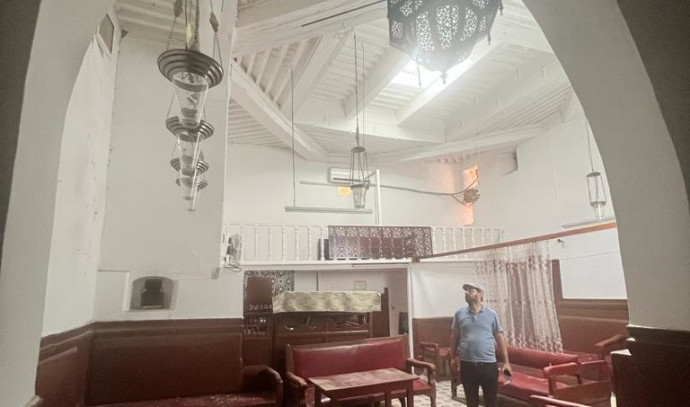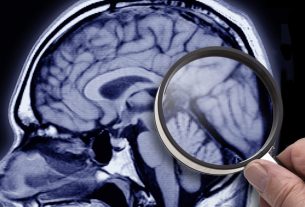|
Getting your Trinity Audio player ready...
|
Following the catastrophic earthquake in Morocco last week that claimed thousands of lives, Marrakech’s two synagogues face divergent fates. While one synagogue remains closed due to damage, another will open its doors for Rosh Hashanah.
The Al Fassiyine synagogue will not host Rosh Hashanah services this year, as it has been rendered inaccessible by the earthquake’s ruins. However, the Slat al-Azama synagogue, located in the Mellah (the Jewish quarter), will be open for prayer, as confirmed by sources within the Jewish community who spoke to The Jerusalem Post. One source remarked: “The synagogue and its Jewish community will bravely proceed with all efforts to hold Rosh Hashanah Services this year.” Additionally, neighboring synagogues in the medina – the main central area of the city located outside of the historic Jewish quarter – will accommodate members of the affected synagogue’s Jewish community. The earthquake, with a devastating magnitude of 6.8, resulted in over 2,800 fatalities and more than 2,500 injuries in Marrakech, standing as the strongest to strike the nation’s center in over 120 years, with the most extensive destruction occurring in remote mountain areas. The powerful quake forced people throughout the country to flee into the streets as buildings crumbled, leading to an urgent need for aid. Morocco’s King Mohammed VI ordered the establishment of a relief commission to distribute assistance to survivors, with global leaders pledging their support.Jews have an ancient history in Morocco
Moroccan Jews have a long-standing history, dating back to Roman times, and experienced waves of immigration. The first wave began around 70 CE, and a significant second wave arrived from the Iberian Peninsula following the issuance of the 1492 Alhambra Decree, which led to the expulsion and persecution of many Jews in Spain and later in Portugal. This second wave of immigrants transformed Moroccan Jewry, resulting in a predominantly Sephardic identity influenced by the Andalusian Sephardic liturgy.
The Slat al-Azama Synagogue and its Jewish museum suffered significant structural damage in the quake, with cracks on walls, staircases, and ceilings. This synagogue is historically associated with Sephardic Jews expelled from Spain in 1492 and has stood the test of time in its original location. It was integrated into a larger building, featuring a central courtyard and a fountain commonly known as a riad. Such integration of a synagogue into a private home was a common practice in the Mellahs of Marrakesh and Fez. The synagogue boasts beautiful and intricate traditional Moroccan decorations, including zellij (mosaic tilework).
The other synagogue severely affected by the earthquake is the Al Fassiyine Synagogue. Its walls and ceiling crumbled, scattering debris across the floor, while cracks ran through the synagogue’s white arches. Slat al-Fassiyine Synagogue was one of the few synagogues where non-Sephardic rituals of the toshavim (indigenous Moroccan Jews) persisted into the 20th century. Known as the oldest synagogue in the Mellah of Fez and one of the oldest in continuous use in Morocco, it is believed to have been built during the Marinid Sultanate (13th-15th centuries). Interestingly, the synagogue remained active until the late 1950s when most of the Jewish community in the area emigrated to Israel, France, and Montreal, Canada.After Morocco gained independence from France in 1956, the synagogue underwent various transformations, serving as a carpet-making workshop and later a boxing gymnasium. Only in 2013 did the restoration process commence, with funding from the German government, the Jewish community of Fez, the Foundation for Moroccan Jewish Cultural Heritage, and the Moroccan government.
Miraculously, no Israelis were injured while traveling in Morocco, and none of the Jewish population residing in Morocco suffered injuries or fatalities as a result of the earthquake. According to the Moroccan Jewish community, the synagogues will undergo repairs and restoration to regain their original beauty and significance.



